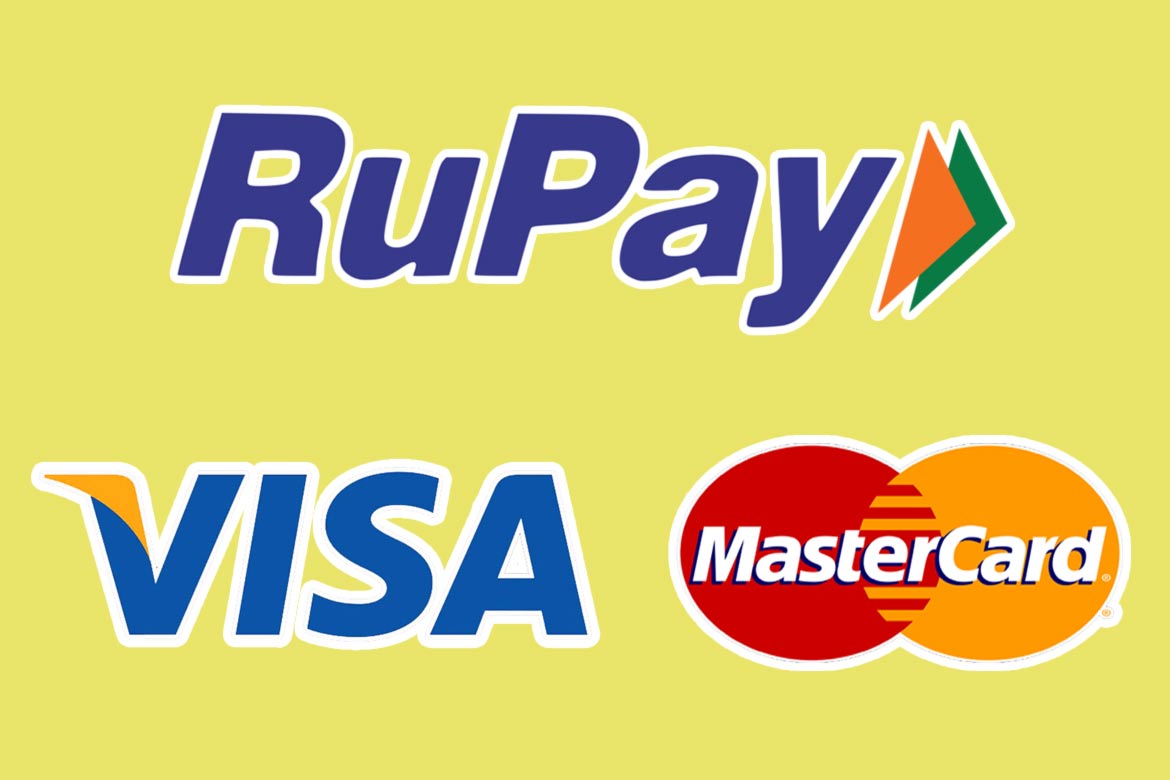India has been touching milestones in the digital payments ecosystem. Card payments are a significant portion of these digital payments. For making card payments a payment gateway or payment network is required. This payment network sphere was being dominated by two international companies, Visa and Mastercard. These international companies charge a higher cost of transactions and pose a threat to data storage from outside of India.
To counter this duopoly, NPCI introduced the RuPay card payment network in 2012. Ever since then the indigenous card network system has captured a huge market size. With the increasing power of RuPay, the top plastic money companies of the global level have been flummoxed. Master and Visa Card have complained in the US that the level playing field is not available to them in India.
Growth of RuPay:
Read more: Union bank launched MSME Credit card, offers 50-day interest-free credit
Being bolstered by the state, RuPay has been pushed so aggressively in the past few years that it has rattled Visa Inc and Mastercard as well. Meanwhile, Discover Financial Services’ Diners Club as well as MasterCard and American Express Data have been in regulatory trouble with the Reserve Bank of India over local regulations.
With support from the government, RuPay has issued more than 600 million cards. According to RBI, it was only 15 crores in 2017 which increased four times by 2020. However, most of the instruments are debit cards, linked to a no-frills savings account. These have been brought out in large numbers by the Modi government as part of its financial inclusion campaign for the poorer sections of society.
RuPay gone international:
Spending from credit cards in the country is 50% more than debit-card customers. Since the spending segment wants a card that can be accepted on e-commerce websites and also abroad. Therefore NPCI has also created a separate unit for the internationalization of RuPay.
Also read: RBI has rolled out 123PAY, a new UPI service for feature phones without internet
RuPay has strengthened its network capabilities by launching RuPay JCB Global Card in association with JCB International Co. Ltd. In July 2019. The RuPay JCB Global card can be used at RuPay card-accepting points in India and JCB card-accepting points outside India for PoS, E-Commerce, and ATM. This is the first-ever JCB brand card issued in India. According to NPCI, RuPay Global is accepted at over 42.4 million POS locations and over 1.90 million ATM locations in 200+ countries and territories worldwide.
UPI is another challenge for these firms:
India has something better than plastic money, in the form of UPI, which can also be internationalized. Unified Payments Interface (UPI) is a public utility operated by NPCI. This is such a technology of mobile, which India itself controls. The apps running on it are doing the same work in merchant payments as putting debit and credit cards together.
Why does India need RuPay more now?
All the major players in the world use their own payment network. This not only reduces the dependence on foreign firms but also boosts domestic industry. Like Russia’s Mir and China’s UnionPay, RuPay is a domestic card network, launched by the NPCI. Besides, foreign networks charge a higher transactions fee.
However, since the decision to boycott Russia has been taken, the link between a payment network and politics has taken a more serious turn. Now, every country is realizing the importance of having its own payment gateway system.
